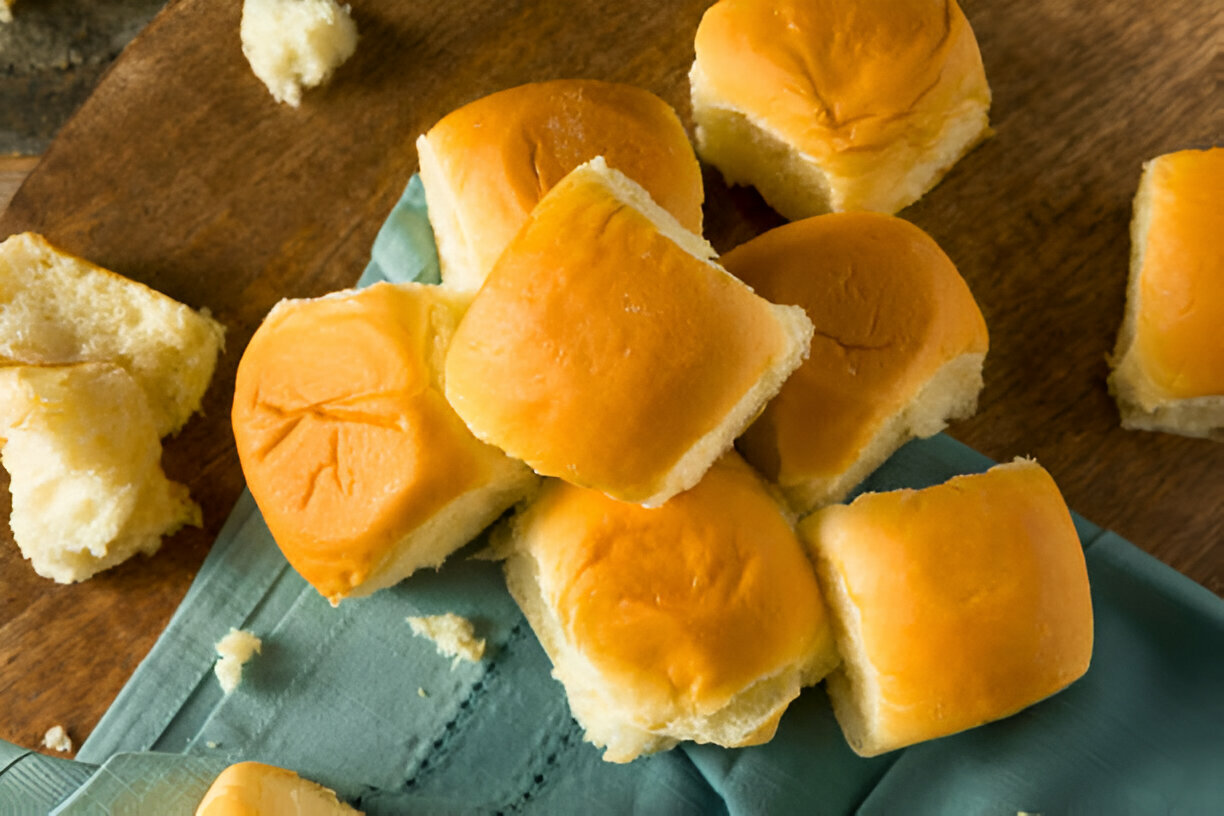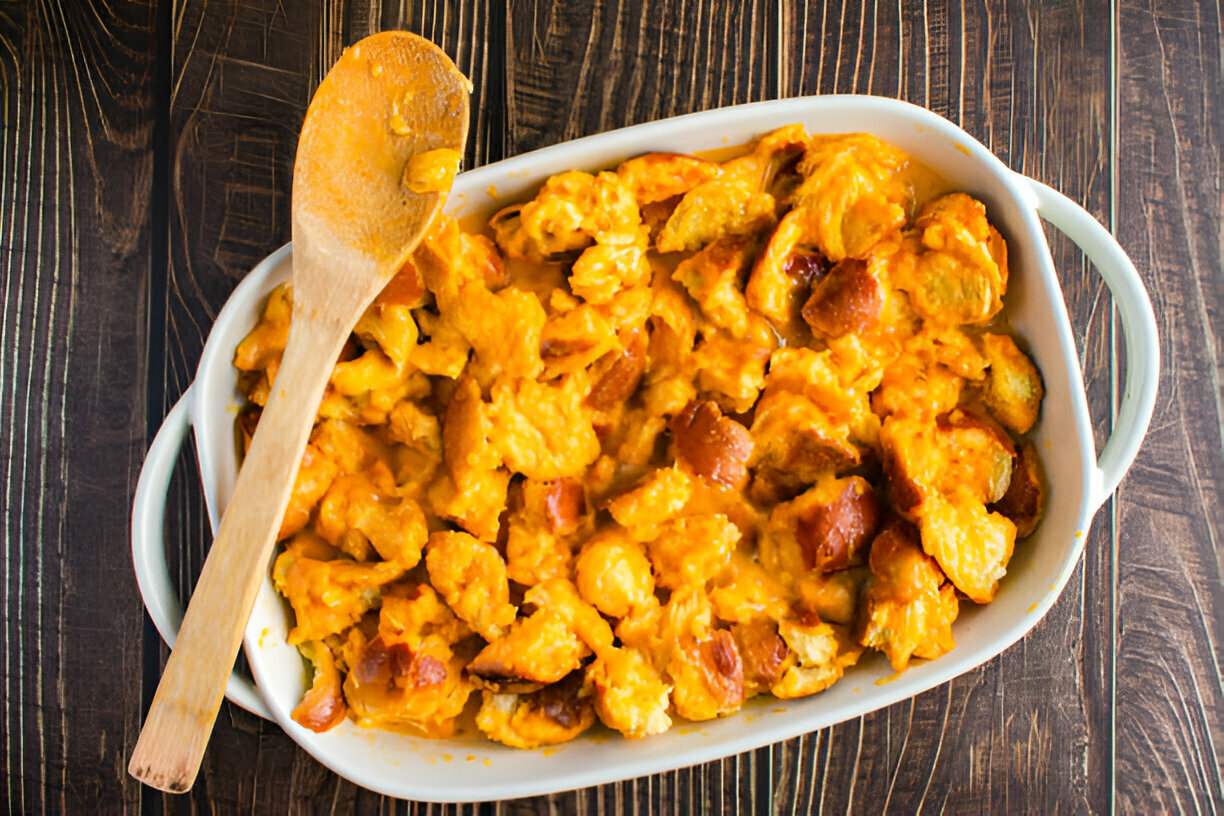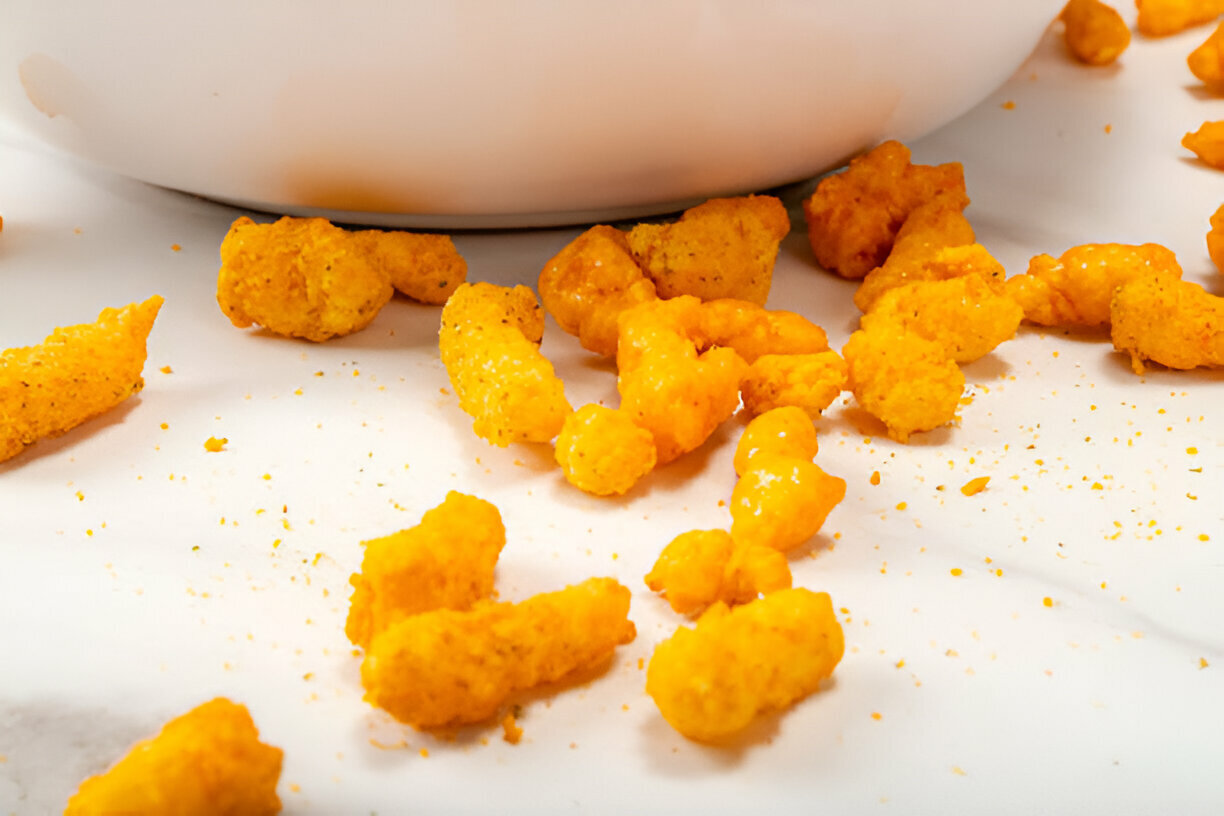Hummus , that smooth dip made mostly from chickpeas , is thought to have come from the Middle East long ago . It’s tasty and healthy , so people all over the world now scoop it up with pita or veggies . Lately , you’ll see it in something called a hummus bowl , where this simple dip turns into a full meal with lots of fun toppings .
The idea of a hummus bowl is pretty neat . You pick a base like rice or greens , then pile on a big scoop of hummus and add whatever you like on top . It’s great for vegans , folks who can’t eat gluten , or anyone who wants a filling but healthy lunch . Hummus is full of protein and fiber , so it’s become a go-to for many health fans .
In this write-up , we’ll talk about what makes a hummus bowl , why hummus is good for you , and how you can build your own perfect bowl at home . Whether you’re new to hummus or you think you know it all , you’ll pick up some cool tips here .
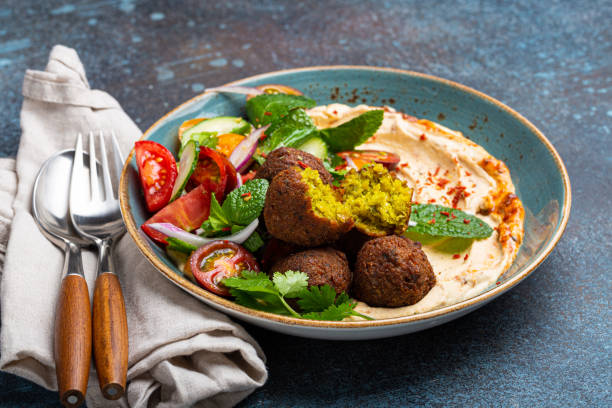
1. What is a Hummus Bowl?
A hummus bowl is just a regular bowl with a big dollop of hummus in the middle , surrounded by tasty bits . Instead of dipping pita , you eat everything together as a meal . It looks cool , feels filling , and you can swap ingredients to match your liking .
You can mix and match bases like quinoa or brown rice , or keep it light with mixed greens . Then top it with veggies , chickpeas , falafel , or even grilled chicken . The sky’s the limit , so you never get bored .
2. Nutritional Benefits of Hummus
Hummus starts with chickpeas blended with tahini , garlic , lemon juice , and olive oil . Each part adds its own health punch :
- Protein content: Chickpeas pack plant-based protein to help your muscles and keep you full .
- Fiber content: Fiber aids digestion and keeps your gut happy .
- Vitamins and minerals: You get folate , iron , and magnesium for energy and body functions .
- Healthy fats: Tahini and olive oil bring good fats that help your heart and lower bad cholesterol .
So adding hummus to your meals can make it easier to eat well every day .
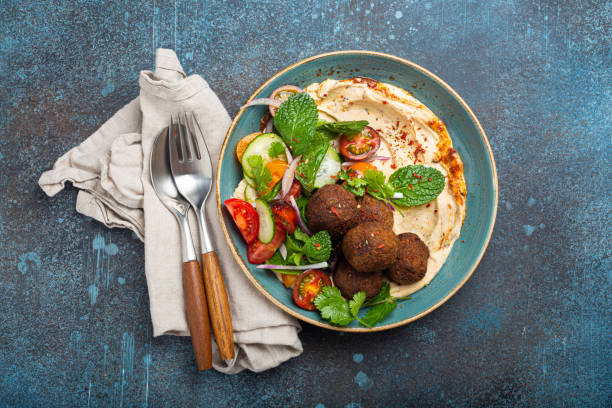
3. Building Your Perfect Hummus Bowl
Making your own hummus bowl is a fun project . You pick a base , choose a hummus flavor , then load up on toppings . Here are the main parts :
3.1 Base Ingredients
- Quinoa: Fluffy , nutty , and full of protein .
- Brown rice: Hearty , chewy , and fiber-rich .
- Pita chips: Crunchy and perfect for munching .
- Mixed greens: Light , fresh , and colorful .
3.2 Hummus Varieties
- Classic: Chickpeas , tahini , garlic , lemon , and olive oil .
- Roasted red pepper: Sweet and smoky twist .
- Garlic: Extra garlicky for those who love a punch .
- Spicy harissa: If you want heat and depth .
3.3 Toppings
- Fresh vegetables: Cucumbers , tomatoes , bell peppers for crunch .
- Proteins: More chickpeas , grilled chicken , or falafel to fill you up .
- Nuts and seeds: Pine nuts or sesame seeds add texture .
- Dressings and garnishes: A drizzle of olive oil or a sprinkle of za’atar for flavor .
4. Detailed Recipe for a Hummus Bowl
4.1 Ingredients
- Basic hummus: Chickpeas , tahini , garlic , lemon juice , olive oil , salt .
- Choose a base: Quinoa , brown rice , pita chips , or mixed greens .
- Toppings: Veggies , proteins , nuts , seeds , and any dressings you like .
4.2 Directions
Preparing the hummus
- Cook chickpeas: Soak dried beans overnight , then simmer until soft . Or rinse canned chickpeas .
- Blend: Combine chickpeas , tahini , garlic , lemon juice , and olive oil in a food processor . Blend until smooth . Add a bit of water if it’s too thick .
- Adjust: Taste and add salt or lemon if needed . Keep mixing until creamy .
Assembling the bowl
- Layer: Put your base in a bowl first .
- Add hummus: Spoon hummus in the center .
- Top: Arrange your veggies , proteins , and seeds around it .
- Garnish: Drizzle oil or sprinkle herbs for a nice look .
4.3 Serving Suggestions
- Temperature: Room temp is best for flavor .
- Drinks: Try herbal tea or infused water on the side .
5. Hummus Bowl Variations from Around the World
- Mediterranean-style: Sun-dried tomatoes , olives , and feta .
- Middle Eastern: Pickles , sumac , and pine nuts .
- Mexican-inspired: Black beans , corn salsa , and avocado .
- Asian fusion: Edamame , sesame oil , and scallions .
6. Popular Restaurants and Their Hummus Bowls
- ABC Kitchen (NYC): Uses seasonal veggies with roasted goodness .
- Hummus & Pita Co.: Lets you pick any topping or flavored hummus .
- Shaya (New Orleans): Real Middle Eastern flair with fresh ingredients .
7. DIY Hummus Bowl Tips and Tricks
- Storage: Keep hummus in an airtight container in the fridge for up to a week . Store toppings separate .
- Meal prep: Cook grains in advance and portion them out . Chop veggies early for quick bowls all week .
- Experiment: Try new hummus flavors or mix in roasted veggies or different cheeses .
8. FAQs: People Also Ask
8.1 What can I add to a hummus bowl?
You can add veggies , nuts , seeds , proteins , or dressings . Anything you like works , so get creative .
8.2 Is a hummus bowl healthy?
Yes , it’s full of protein , fiber , vitamins , and good fats . It’s a solid choice for a balanced meal .
8.3 How do you serve a hummus bowl?
Put the base down first , add hummus on top , then pile on toppings . Finish with herbs or oil for a pretty look .
8.4 Can you make hummus bowls ahead of time?
Sure . Store hummus and bases separately , then assemble just before eating to keep everything fresh .
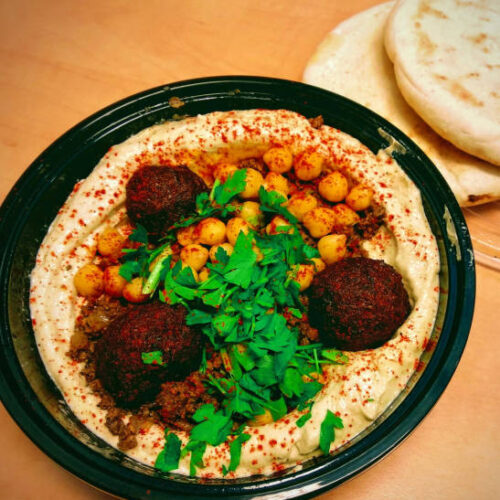
hummus bowl
Equipment
- 1 mixing bowl
- 1 knife
- 1 cutting board
- 4 serving bowls
Ingredients
- 2 cups hummus about 480 grams
- 1 cup cherry tomatoes, halved about 150 grams
- 1 cucumber diced about 200 grams
- 1 bell pepper diced about 150 grams
- 1 cup shredded carrots about 120 grams
- ½ cup red onion, thinly sliced about 80 grams
- ¼ cup fresh parsley, chopped about 15 grams
- ¼ cup olives, sliced about 40 grams
- 4 tablespoons olive oil about 60 ml, drizzle over each bowl
- 1 teaspoon paprika sprinkle over each bowl to taste
- to taste salt and pepper sprinkle over each bowl to taste
- pita bread for serving (optional)
Instructions
- In a large mixing bowl, spoon the hummus evenly among four serving bowls. Smooth the top of each hummus portion with the back of a spoon.
- Arrange the cherry tomatoes, cucumber, bell pepper, shredded carrots, and red onion on top of the hummus in each bowl.
- Sprinkle the chopped parsley and sliced olives over the vegetables.
- Drizzle one tablespoon of olive oil over each bowl of hummus and vegetables.
- Sprinkle a pinch of paprika, salt, and pepper over each bowl to taste.
- Serve immediately with pita bread or enjoy it as is.

